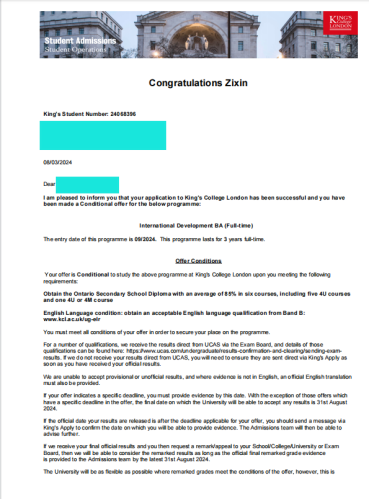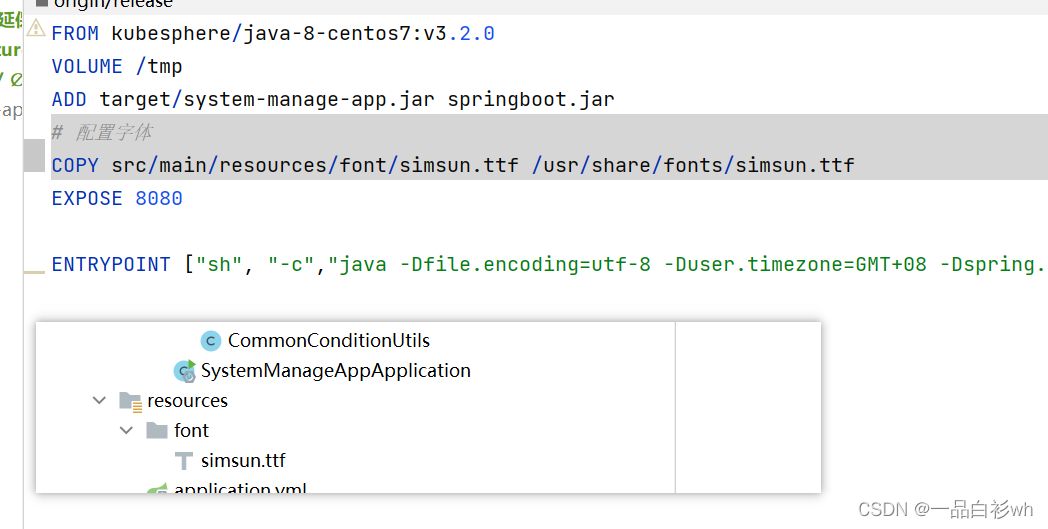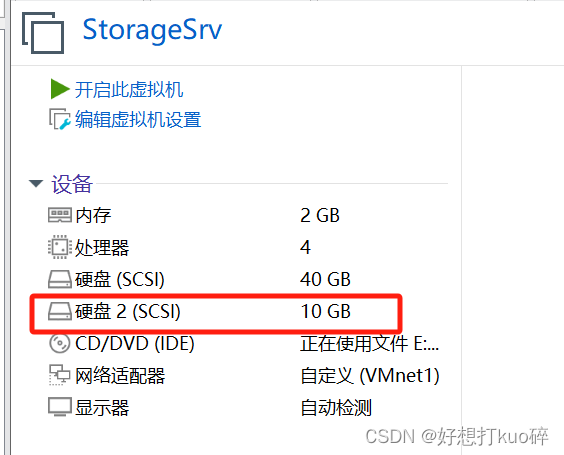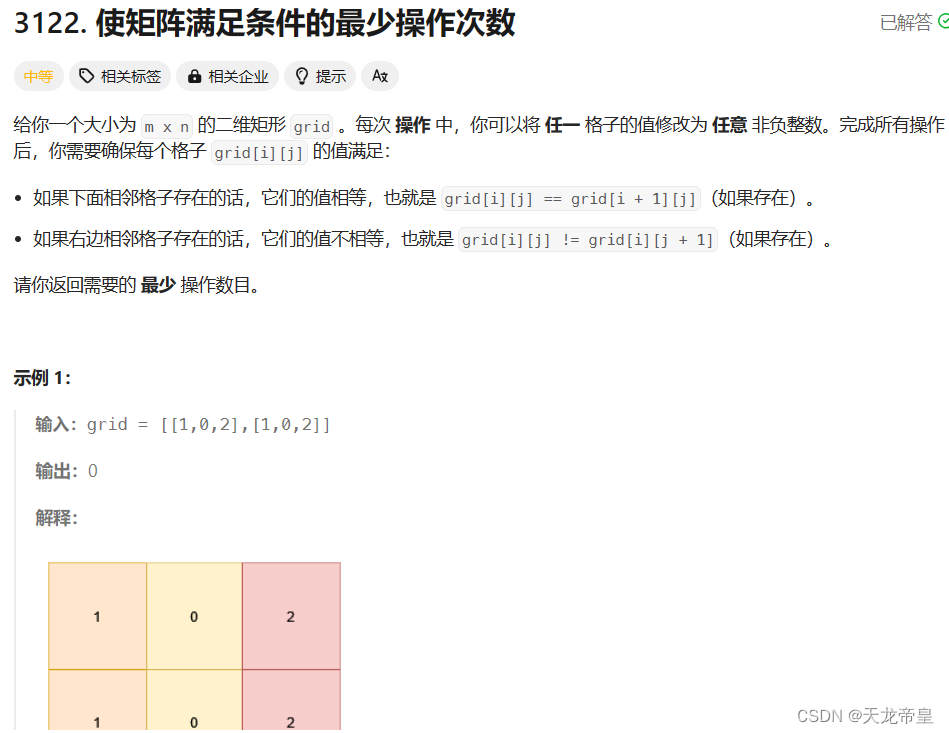
思路:标记一下磁铁周围的空地即可,每个连通块一定可以互相到达,我们dfs算出联通块的大小再加上该连通块周围的可达磁场区域即可。

代码:
#include <bits/stdc++.h>
using namespace std;
using ll = long long;
using ld = long double;
int main() {
ios::sync_with_stdio(false);
cin.tie(nullptr), cout.tie(nullptr);
int n, m;
cin >> n >> m;
vector vis(n, vector(m, false));
vector<string> mp(n);
for (int i = 0; i < n; i++) {
cin >> mp[i];
}
const int dr[4][2] = {{0, 1}, {0, -1}, {1, 0}, {-1, 0}};
auto check = [&](int x, int y) {
return (x >= 0 && x < n && y >= 0 && y < m);
};
auto magnets = [&](int x, int y) {
for (int d = 0; d < 4; d++) {
int nx = x + dr[d][0], ny = y + dr[d][1];
if (check(nx, ny) && mp[nx][ny] == '#') {
return true;
}
}
return false;
};
int tag = 0;
vector vtag(n, vector(m, 0));
auto dfs = [&](auto &&self, int x, int y) -> int {
if (vis[x][y] || mp[x][y] == '#') {
return 0;
}
if (magnets(x, y)) {
if (vtag[x][y] == tag) {
return 0;
}
vtag[x][y] = tag;
return 1;
}
vis[x][y] = true;
int res = 1;
for (int d = 0; d < 4; d++) {
int nx = x + dr[d][0], ny = y + dr[d][1];
if (check(nx, ny)) {
res += self(self, nx, ny);
}
}
return res;
};
int ans = 0;
for (int i = 0; i < n; i++) {
for (int j = 0; j < m; j++) {
++tag;
ans = max(ans, dfs(dfs, i, j));
}
}
cout << ans << '\n';
return 0;
}
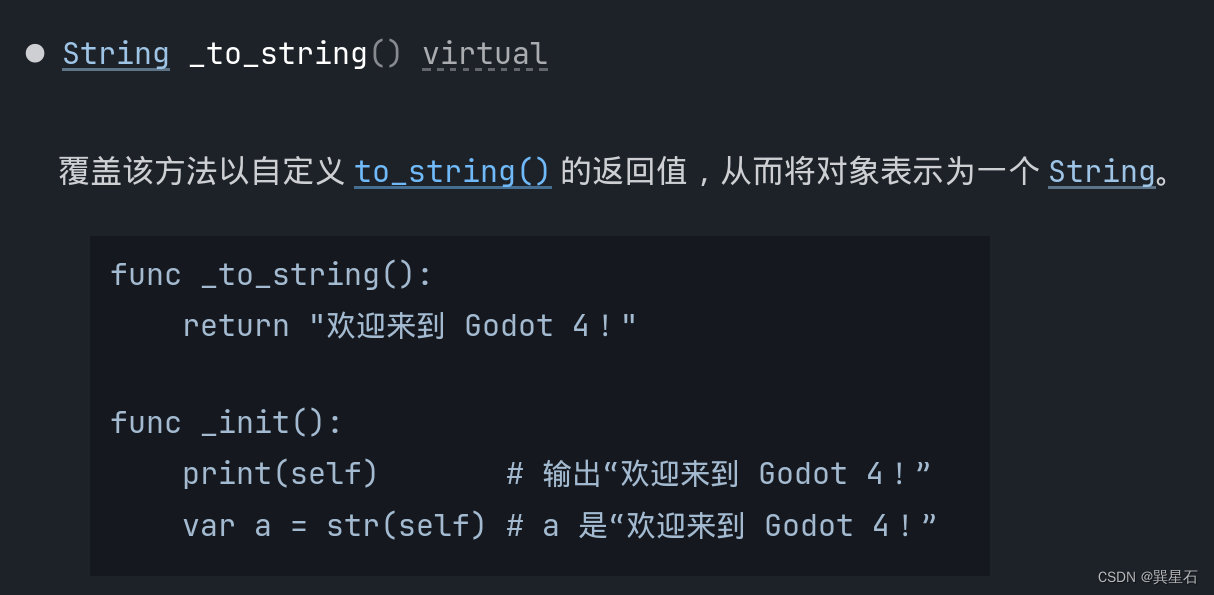
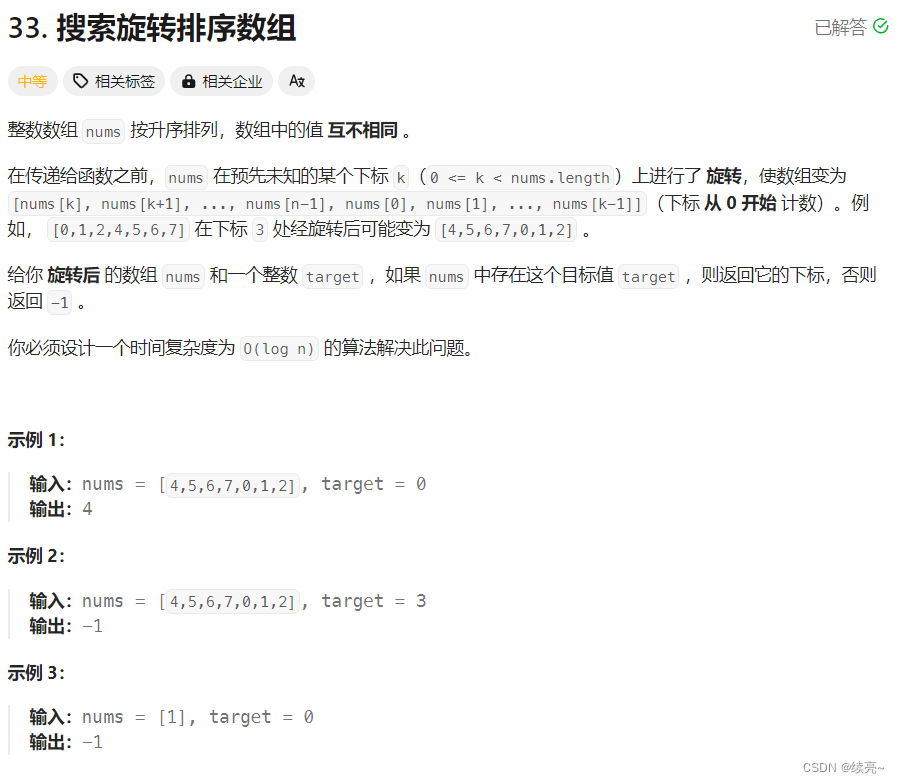

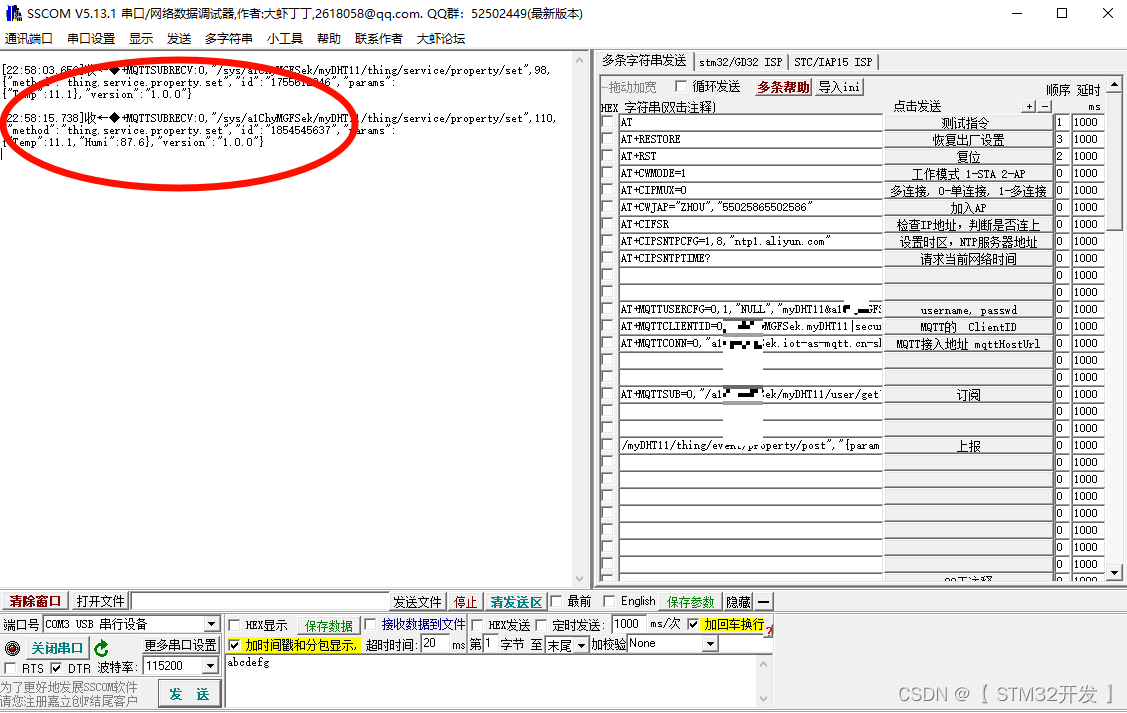


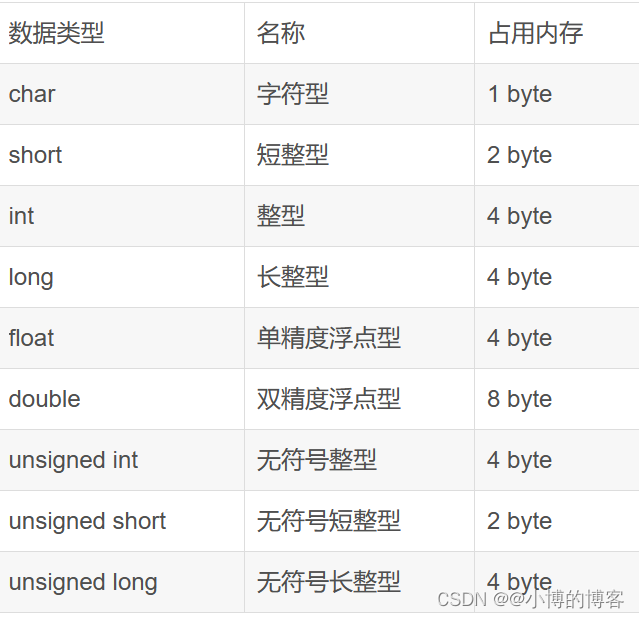


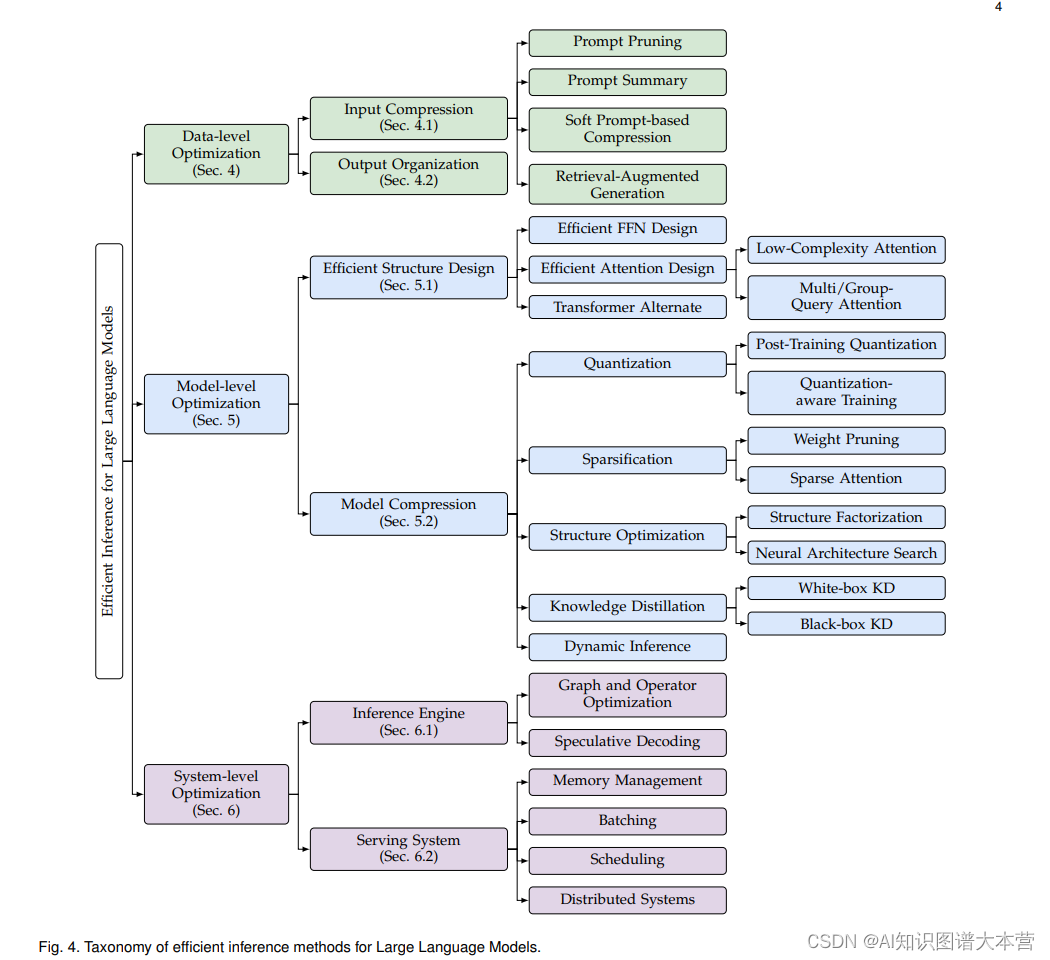



![解决问题:pos_label=1 is not a valid label. It should be one of [‘0‘, ‘1‘]](https://img-blog.csdnimg.cn/direct/ec07e20a5dec45709e09c71eae4364ca.png)
![【SpringBoot整合系列】SpringBoot整合Redis[附redis工具类源码]](https://img-blog.csdnimg.cn/direct/a9d9f0edb2a14dd0ab4f7509c89993b6.png)
